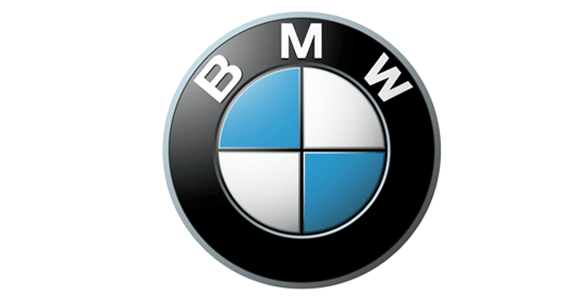By building roofs from carbon fiber, constructing windshields from plastic products and creating ultra-safe bumpers from aluminum foam, vehicle manufacturers are now empowering greater fuel efficiency with lighter vehicles. The practice, known as “light-weighting” in the auto industry is now in sharper focus across the marketplace as governments across the US and Canada introduce new fuel efficiency standards in the coming years.
Current joint Canadian and US legislation has been harmonized to require that manufacturers selling vehicles in North America must achieve 35.5 MPG (Miles Per Gallon) by the time the 2016 models are released into the marketplace. As part of this commitment to achieving fuel economy, companies are now reviewing the advantages of lighter materials. Some companies are even working with airplane manufacturers to review crash data from the use of lightweight components.
An example of this innovation in lightweight vehicle technology is the release of the prototype for the new Ford Fusion vehicle, which has been developed with the help of the U.S. Department of Energy and is proven to be 800lbs lighter than the standard Ford Fusion models. To help shed the pounds, the vehicle uses aluminum brake rotors that are 39% lighter than the cast iron versions. This prototype Fusion model also uses carbon fiber wheels that weigh 42% less than aluminum wheels. It’s a development project that is helping the world’s leading vehicle manufacturers optimize the performance of light-weighted vehicles.
Data Shows the Importance of Commitment to Lightweight Vehicles
A recent Morgan Stanley study estimated that, by removing 110 pounds of weight from each of the one billion vehicles on the road around the globe, close to $40 billion in fuel savings could be made each year.
But with the leading manufacturers still at the testing and prototyping stages with materials such as aluminum and carbon fiber, there is still a long road ahead until ultra-lightweight vehicles make-up the majority of the vehicles across North America. The balancing act for manufacturers will be to increase the performance value of the lightweight vehicles while maintaining reduced costs to meet market demand. But the increased commitment to exploring lightweight alternatives to the classic designs means that the future remains promising for those seeking more fuel efficient options for their driving needs.










